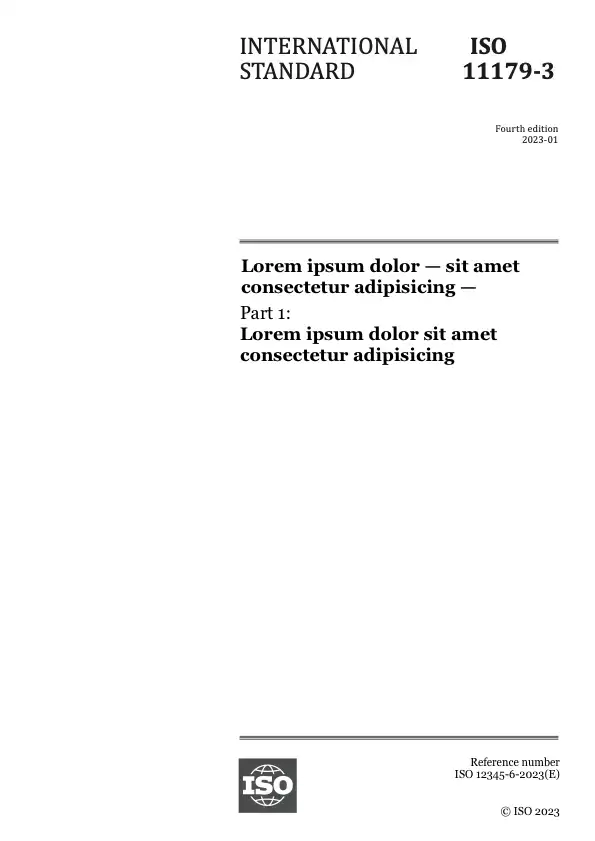Abstract
This Recommendation | Technical Report specifies the means by which the administrator of various aspects of an MHS
system may configure information into the directory for MTAs to use to determine the routing of messages.
ITU-T Rec. X.412 | ISO/IEC 10021-10 provides a set of directory structures that may be configured in many different
ways to support a particular MHS routing strategy. In order to illustrate the use of these directory structures, this
document contains advice on how an MHS Administrator might organize the configuration of directory trees and entries
in the directory. In particular, it contains suggestions on the following:
? The types, construction and location of different OR-address subtrees that may be needed;
? The location of routing collective and MTA entries in the directory.
Other ways of using the routing capabilities specified in ITU-T Rec. X.412 | ISO/IEC 10021-10 are also valid.
Other Recommendations | International Standards define other aspects of the MHS. ITU-T Rec. F.400/X.400 |
ISO/IEC 10021-1 defines the user-oriented services provided by the MHS. ITU-T Rec. X.402 | ISO/IEC 10021-2
provides an architectural overview of the MHS. ITU-T Rec. X.411 | ISO/IEC 10021-4 defines the abstract-service of the
Message Transfer System. ITU-T Rec. X.412 | ISO/IEC 10021-10 defines MHS Routing using the directory.
Read sample
General information
-
Status: PublishedPublication date: 1999-12Stage: International Standard confirmed [90.93]
-
Edition: 1Number of pages: 57
-
Technical Committee :ISO/IEC JTC 1/SC 6ICS :35.240.20
- RSS updates
Life cycle
Got a question?
Check out our FAQs
Opening hours:
Monday to Friday - 09:00-12:00, 14:00-17:00 (UTC+1)

